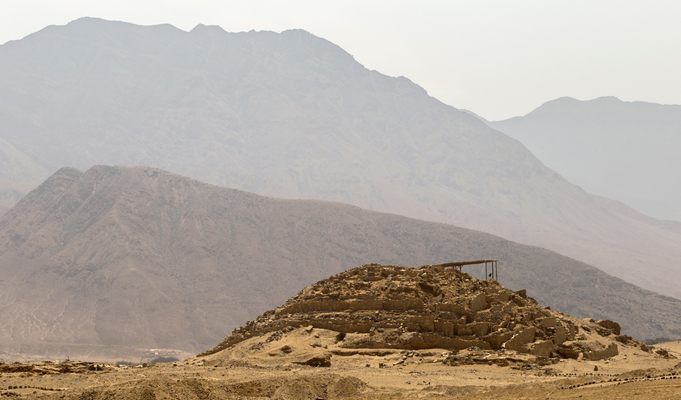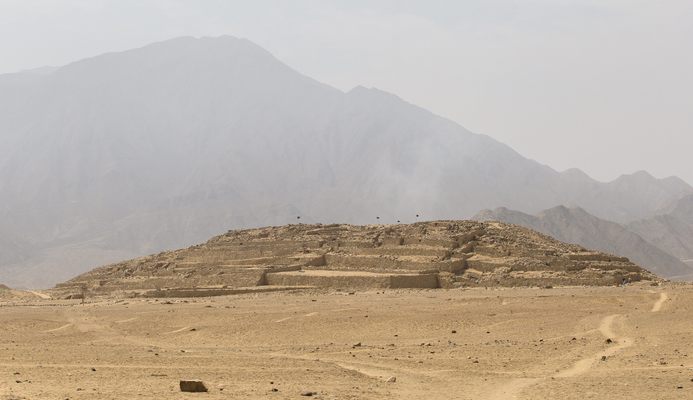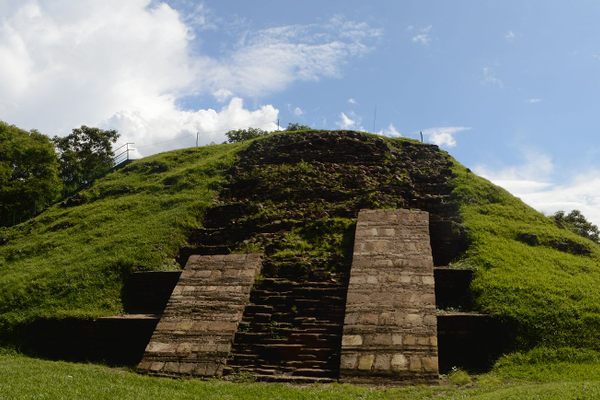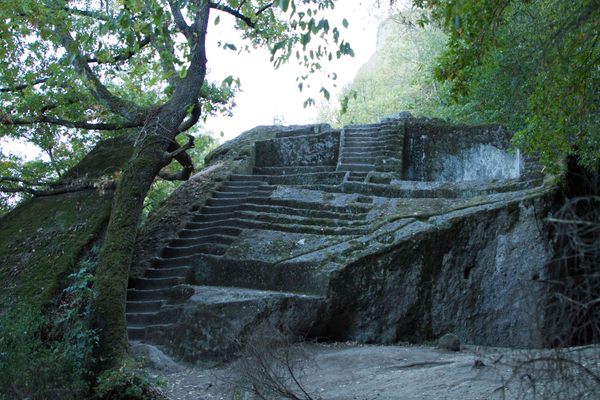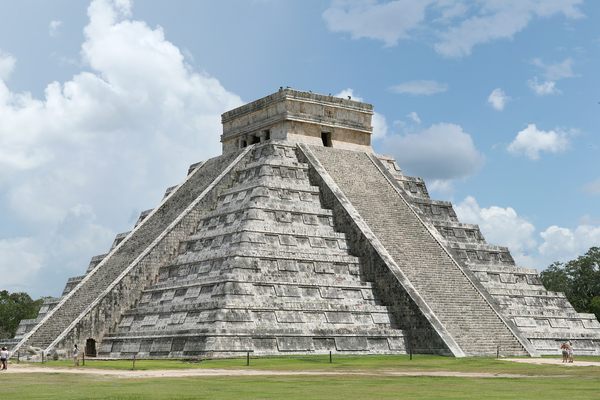About
Coastal Peru is a landscape of deep-cut ravines and the glacial melt of Andes-spawned rivers cascading through narrow, arid corridors to a waiting Pacific Ocean. If you look at a modern road map of the country, you will see a network of highways cutting northeast through the mountains, linking the high plateau of the Amazonian interior to the dry cliffs overlooking the sea.
These present-day roads mimic the footpaths of ancient people who migrated to South America and sought their own routes to the coast, finding fertile, protected valleys along the way where they created something spectacular. We don’t yet know exactly when these people first arrived in what is now Peru, but we do know when they built the civilization at Caral-Supe: 2627 B.C.
And that date is, in a word, stunning.
In the year 2627 B.C., the oldest known pyramid in the world, the Pyramid of Djoser in Egypt, had just celebrated its 20th birthday. The Great Pyramid of Giza had not yet broken ground. The foundation of early Chinese civilization was still 500 years away. The Olmecs—precursors to the Incas and Aztecs and previously regarded as the earliest culture in the Americas—wouldn't be around for over a millennium. The start of Classical Greece was still 2,000 years in the future, and Ancient Rome wasn't even a thing.
Much like those in Egypt, the six pyramids of Caral-Supe are oriented to the stars, so we know astronomy and mathematics were studied here. And excavations have turned up evidence of technological advances predating other cultures by thousands of years. The builders of Caral-Supe had knowledge of fluid dynamics, earthquake prevention, and rudimentary chemistry. They also traded across great distances, with evidence of shells from Ecuador, minerals from Bolivia, and funerary practices borrowed from Chile. Yet there is no indication that the Caral civilization ever manufactured weapons or built defensive walls.
Truly an enigma among the world’s earliest civilizations.
And they did all of this—pyramids, trade, chemistry, math—half a world away from many of the other groups we know were building civilizations during this time. So, is Caral-Supe the oldest civilization in the world? Probably not. But it’s certainly old enough to warrant a visit for those seeking the truly obscure places on earth.
Related Tags
Know Before You Go
Excavation on the Caral-Supe site began in the 1970s, but the significance of the property wasn’t fully realized until just before its UNESCO inscription in 2009. It is, therefore, relatively unknown to international travelers and somewhat off the regular tourist path in Peru.
You may choose to book a tour from Lima, but it’s certainly possible to rent a car and self-drive.
From Lima, head north on the 1N coastal road. Your GPS may direct you to turn right on Desvio Caral near the town of Mazo. Don’t do this! The road is primitive and often washes out with seasonal rain. Instead, continue up 1N for another 27km and turn right on Highway 102 (Carr. Caral-Las Minas-Ambar). This is also a gravel road, but it’s better maintained and will take you directly to the site. While it’s possible to park just outside the gate for the Caral site, you can also continue down Highway 102 to the tiny town of Caral where you will turn right, following the signs or the directions of the friendly locals.
This second option will take you to a parking lot on the north side of the Supe River where parking is free. Walk across the pedestrian bridge and through the lovely, shaded riverside park to the Caral entrance (1.7km). And most of the site is wheelchair accessible.
Peru: Machu Picchu & the Last Incan Bridges
Discover Inca Wonders.
Book NowPublished
August 29, 2023
